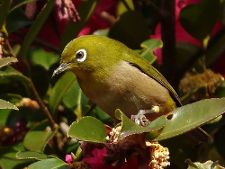
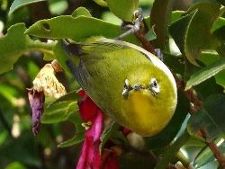
I often hear that Japanese white-eye has become quite common in urban areas in recent years.
Certainly, from late autumn to winter, you can often see camellia sasanqua (Yamacha) and Kantsubaki (Kanbaki) and plums and Japanese camellia flowers in early spring.
At this time, Japanese white-eye frequently passes through the trees of Tachikan Tsubaki (Tatekan Tsubaki) near Bairin in the Hamarikyu Garden.
Japanese white-eye belongs to the Japanese white-eye family of sparrows and is smaller than sparrows and is considered a resident bird or drifting bird.
From the head to the top is yellow-green, from the throat to the top of the chest is yellow, with white eye rings around the eyes.
The side from the chest is light brown.
The beak is black, the base is lead color, and the legs are lead color.
In Japan, except for cold winter regions in winter, it is widely inhabited from lowlands to mountainous areas, and is often found in green spaces in urban areas.
He prefers sweet nectar (it is said that honey entangled with a brush-shaped tongue is carried into his mouth), is relatively gentle, and lives in satoyama and urban areas around flowers such as garden trees and street trees. One of the wild birds that have been popular with people for a long time.
Japanese white-eye's characteristic behavior is that when he stops on the branches and rests, several groups gather together to snuggle up and push each other. I hear that it is the etymology of the parable of "things mixed" and "things there are many things".
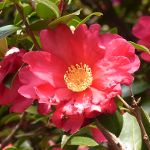 It is said to be a horticultural species of camellia sasanqua. (However, there seems to be a dissertation.)
It is said to be a horticultural species of camellia sasanqua. (However, there seems to be a dissertation.)
There are hairs on young branches, petioles and backs of leaves, but less than camellia sasanqua. The surface of the leaves is dark green and glossy, with saw teeth on the edges. It blooms lately from December to February. It is a pink and red Yae, the tip is shallow and the edge is wavy.
Generally, a shrub, which is about 3m high, is named Tachikantsubaki (Tatekan Tsubaki).
The lower part of the petals of the Japanese camellia have been greatly damaged as a footprint that Japanese white-eye frequently visited. (upper left photo)
In addition to the Japanese camellia, Japanese camellia is planted near the entrance to Ote-mon gate and Japanese camellia is planted around Koshindo Kamoba.
Like many birds, Japanese white-eye eats insects in spring and summer and nuts in autumn and winter, but also likes the dense flowers.
In recent years, many urban areas have been planted in open spaces such as condominiums and office buildings, as well as in hedges and planting of facades. However, if the number of Japanese white-eye increases in the city, it is believed that one factor is the fact that an environment with flower dense sources is being prepared in winter.
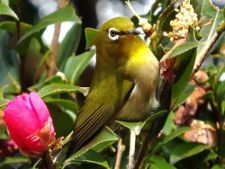
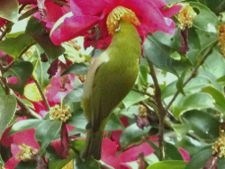
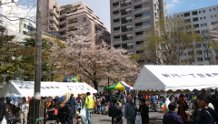
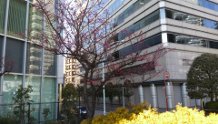

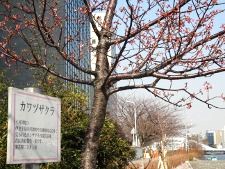
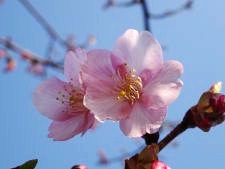
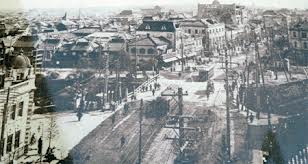 In the past, there was a vegetable unloading area on the northwest side of the Kyobashi River, and it was very busy called [daikon riverbank]. They traded vegetables brought from rural areas near Tokyo here, and it is the prototype of the fruit and vegetable market today. In the past, a lot of suburban vegetables such as Kameido Daikon and Nerima Daikon were transported using water transportation, and it seems that they were called "daikon riverbank" from that impression.
In the past, there was a vegetable unloading area on the northwest side of the Kyobashi River, and it was very busy called [daikon riverbank]. They traded vegetables brought from rural areas near Tokyo here, and it is the prototype of the fruit and vegetable market today. In the past, a lot of suburban vegetables such as Kameido Daikon and Nerima Daikon were transported using water transportation, and it seems that they were called "daikon riverbank" from that impression.
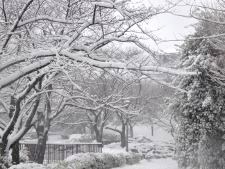

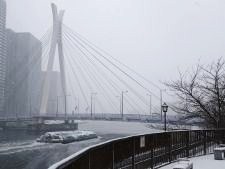
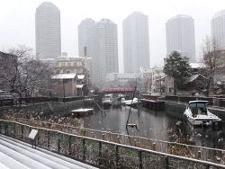
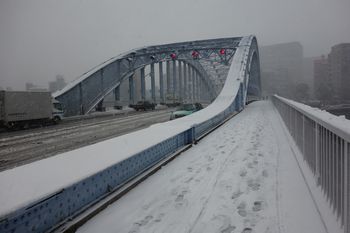 It was snowing on the Eitai Bridge.
It was snowing on the Eitai Bridge.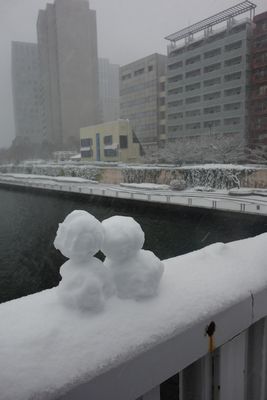 There are two snowmen on the balustrade.
There are two snowmen on the balustrade.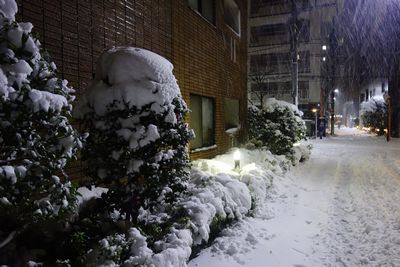 It went down violently until night.
It went down violently until night. It was fine the next day, but a lot of snow left on the sidewalk.
It was fine the next day, but a lot of snow left on the sidewalk.
